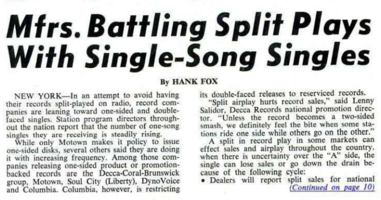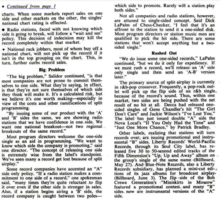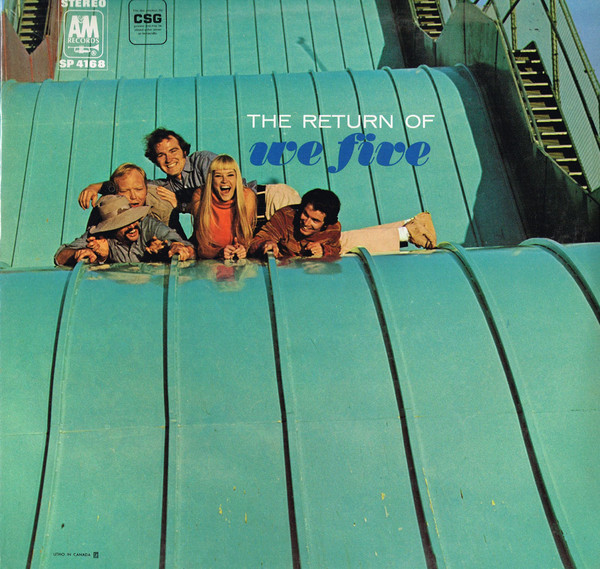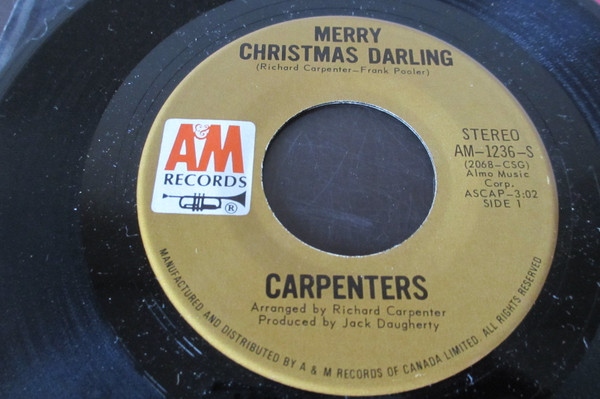Thanks to @Michael Hagerty posting about "Tayco," I found this article regarding singles released as a double A-side.


BTW, "Mfrs" is "manufacturers."
I have thought over the years that a double A-side was done so that DJs would not have to question which song was being promoted as the hit, and it seems I was partially correct. One advantage is that if it is a true double A-side, where both sides are identical, it spreads the wear over two sides vs. one. (I've even seen promotional 12-inch singles in the early 1980s with identical sides, so it wasn't limited to just a small number of years.)
The article also divulges the roots of an instrumental (or non-melody) B-side.
In my ongoing shootout of the Michael Jackson Thriller versions, my most recent double A-side play has been "Wanna Be Startin' Somethin'," which is the same extended version on each side.


BTW, "Mfrs" is "manufacturers."
I have thought over the years that a double A-side was done so that DJs would not have to question which song was being promoted as the hit, and it seems I was partially correct. One advantage is that if it is a true double A-side, where both sides are identical, it spreads the wear over two sides vs. one. (I've even seen promotional 12-inch singles in the early 1980s with identical sides, so it wasn't limited to just a small number of years.)
The article also divulges the roots of an instrumental (or non-melody) B-side.
In my ongoing shootout of the Michael Jackson Thriller versions, my most recent double A-side play has been "Wanna Be Startin' Somethin'," which is the same extended version on each side.




